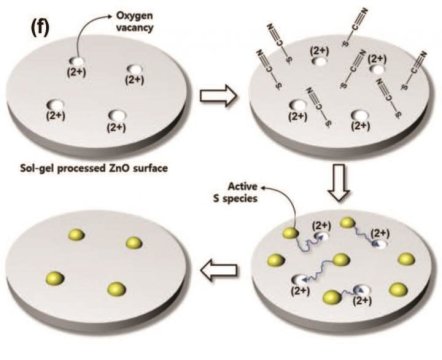[ad_1]
A South Korean research team has developed a new-concept image sensor that captures vivid colors without color filters. The Korea Research Foundation announced that Professor Dae Sung Chung (Daegu Gyeongbuk Institute of Science and Technology, DGIST)’s research team has developed an organic image sensor with high color selection using a bonding technique between organic semiconductors and transparent electrodes.
The image sensor is a key recording element in cameras, CCTV, and self-driving cars. Most image sensors that have been commercialized thus far are silicon based, and color filters are essential to accurately identify the color of light. However, color filters are expensive and have the fatal drawback if increasing image sensor thickness.
The research team developed thin image sensors based on organic semiconductors that can compensate for the shortcomings of silicon image sensors. In particular, their research results have been garnering much attention because they enable images to be implemented clearly without using color filters by increasing the color selection of organic semiconductors.
The research team developed a method to fill chemical defects in the transparent electrode surface made of zinc oxide with sulfur atoms. Through this, Schottky junction property between organic semiconductor and transparent electrode have been maximized, and thus increased each R/G/B color selection options.
In addition, as the surface defects of transparent electrodes are dramatically reduced and the quality of thin films is excellent, it can greatly improve reproduction, which has been a chronic problem of organic semiconductors.
Professor Chung explained the significance of the study by saying, “We have developed high-performance color filter-free organic image sensors using an ideal Schottky junction between organic semiconductors and transparent electrodes. As well as color filter-free image sensors, it is expected to be applicable to many industrial applications that require various forms of bonding, such as solar cells, thin film transistors, and gas sensors.”
This research outcome was published on May 30, 2018 in the online edition of Advanced Functional Materials, an international journal in the field of material engineering and will be published as a cover paper; the research was conducted with support from the Ministry of Science, Technology, and Information and Communication and the Basic Research Project (Mainstay Researcher) of the Korea Research Foundation.
Story Source:
Materials provided by DGIST (Daegu Gyeongbuk Institute of Science and Technology). Note: Content may be edited for style and length.
[ad_2]















